This chapter introduces high-profile strategic initiatives that organization can undertake to help it gain competitive advantages and business efficiencies-supply chain management, customer relationship management, business process re engineering, and enterprise resource planning.
- (SCM)
- Supply Chain Management
- Customer Relationship Management
- Business Process Reengineering
- Enterprise Resource Planning
Supply chain management (SCM) involves the management of information flows between and among stages in a supply chain to maximize total supply chain effectiveness and profitability. The four basic components of supply chain management are:
1) Supply chain strategy: the strategy for managing all the resources required to meet customer demand for all products and services
2) Supply chain partners: the partners chosen to deliver finished products, raw materials, and services including pricing, delivery, and payment processes along with partner relationship monitoring metrics.
3) Supply chain operation: the schedule for production activities including testing, packaging, and preparation for delivery. Measurements for this component include productivity and quality.
4) Supply chain logistics: the product delivery processes and elements including orders, warehouses, carriers, defective product returns, and invoicing.
SCM sofware can enable an organization to generate efficiencies within these steps by automating and improving the information flows throught and among the different supply chain components.
2. CRM
Customer relationship management (CRM) involves managing all aspects of a customer's relationship with an organization to increase customer loyalty and retention and an organization's profitability.
CRM allows an organization to gain insights into customers' shopping and buying behaviors in order to develop and implement enterprise wide strategies.
Understand all customer communication allows the organization to communicate effectively with each customer.
CRM allows an organization to gain insights into customers' shopping and buying behaviors in order to develop and implement enterprise wide strategies.
Understand all customer communication allows the organization to communicate effectively with each customer.
It gives the organization a detailed understanding of each customer's products and services record regardless of the customer's preferred communication channel.
- CRM Strategy
According to Michael Boyd director at Eddied Bauer, said that 'CRM is a business strategy to try to optimize profitability, revenue, and satisfaction at an individual customer level'.
CRM is not just technology , but also a strategy that an organization must embrace on an enterprise level.
CRM system also allos an organization to treat customers as individuals, gaining important insights into their buying preferences and behavior and leading to increase sales, greater profitability, and higher rate of customers loyalty.
3.my best chapter!!(BPR)
- A business process is a standardized set of activities that accomplish a specific task, such as processing a customer's order.
- Business process reengineering (BPR) is the analysis and redesign of workflow within and between enterprises.
+ The purpose of BPR is to make all business process the best in class.
+ BPR echoes the classic belief that there is one way to conduct tasks.
- Finding Opportunity Using BPR
Companies frequently strive to improve their business processes by performing tasks faster, cheaper, and better. A company could improve the way that it travels the road by moving from foot to horse and then from horse to car.
Companies frequently strive to improve their business processes by performing tasks faster, cheaper, and better. A company could improve the way that it travels the road by moving from foot to horse and then from horse to car.
Creating values for the customers is the leading factor for instituting BPR, and information technology often plays an important enabling role.

- Pitfalls Of BPR
One hazard of BPR is that the company becomes a wrapped up in fighting its own demons that it fails to keep up with its competitors in offering new products or services
.
.
4.ERP
Today's business leaders need significant amounts of information to be readily accessible with real time views into their businesses so that decisions can be made when they need to be, without the added time of tracking data and generating reports.
Enterprise resource planning (ERP) integrates all departments and functions throughout an organization into a single IT system (or in Enterprise Resource Planning Today's business leaders need significant amounts of information to be readily accessible with real time views into their businesses so that decisions can be made when they need to be, without the added time of tracking data and generating reports. Enterprise resource planning (ERP) integrates all departments and functions throughout an organization into a single IT system (or integrated set of IT systems) so that employees can make decisions by viewing enterprise wide information on all business operations.
The issue ERP intends to solve is that knowledge with in a majority of organizations currently resides in silos that are maintained if a select few, without the ability to be shared across the organization, causing inconsistency across business operations.Integrated set of IT systems) so that employees can make decisions by viewing enterprise wide information on all business operations.
The issue ERP intends to solve is that knowledge with in a majority of organizations currently resides in silos that are maintained if a select few, without the ability to be shared across the organization, causing inconsistency across business operations.Integrated set of IT systems) so that employees can make decisions by viewing enterprise wide information on all business operations.
The issue ERP intends to solve is that knowledge with in a majority of organizations currently resides in silos that are maintained if a select few, without the ability to be shared across the organization, causing inconsistency across business operations.





.jpg)


